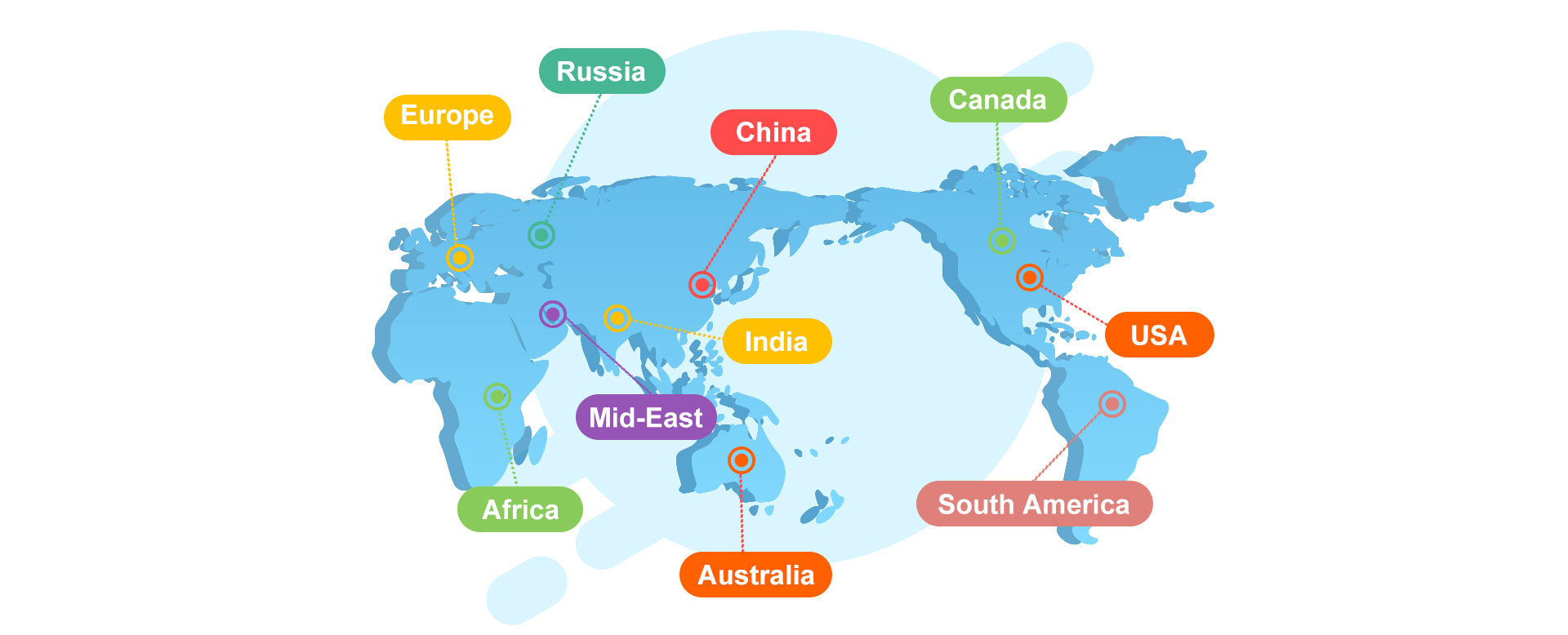How to Make The Snow in The Ski Resort Melt Slower?
Ski resorts are popular places for winter sports, but melting snow is a problem that neither ski resort operators nor ski enthusiasts want to see. Because snow melt will not only affect the operation of ski resorts, but also affect the experience of ski enthusiasts. So, how do you make snow melt slower at a ski resort? Let’s introduce some methods below.
Snow Cover: Covering the snow can slow down the sun’s direct rays on the snow. Use special coverings, such as white or reflective materials, to reflect the sun’s rays. This lowers the surface temperature of the snow layer and delays snow melting.
Increase shaded areas: Buildings, trees and other structures can create shaded areas on ski slopes, reducing snow surface temperatures. Plan the site layout so that at least part of the slopes are in shade during the hours when the sun is strongest.
Mist systems: Install mist systems in key areas of the ski resort to create a mist by spraying tiny water droplets. These tiny water droplets absorb heat as they evaporate in the air, cooling their surroundings and slowing the rate at which snow melts.
Snow Management: Carefully manage snow distribution to ensure an even, thick layer of snow in key areas. Create an extra layer of protection by moving snow and depositing it in areas with more direct sunlight.
Terrain design: Reasonably design the terrain of the ski resort to ensure a more even distribution of snow. Preventing snow from accumulating too thickly in some places and weakly in others can slow down the uneven process of snow melt.
Artificial refrigeration systems: Use artificial refrigeration systems, such as spraying liquid nitrogen or using cooling equipment, to lower the temperature of the snow layer when needed. This provides extra protection in situations where temperatures rise or sunlight is intense.
Scientific monitoring: Use modern technology to monitor the temperature, humidity and other key indicators of the snow layer. Timely acquisition of data helps to take targeted measures to ensure effective protective measures are taken at critical moments.
In addition to this, it is also important to choose the right snow machine, because the quality of the snow in the ski resort has a great influence on the speed of snow melting. Generally speaking, the drier the snow produced by the snow machine, the better the quality of the snow and the slower it will melt. Therefore, when choosing a snowmaking machine, choose one that produces dry snowflakes.
By combining the above methods, ski resort managers can better slow down the melting of snow and provide skiers with a longer ski season. Of course, the effectiveness of these methods may vary depending on geographic location, climatic conditions and technical feasibility, so careful investigation and planning are required before implementation.







